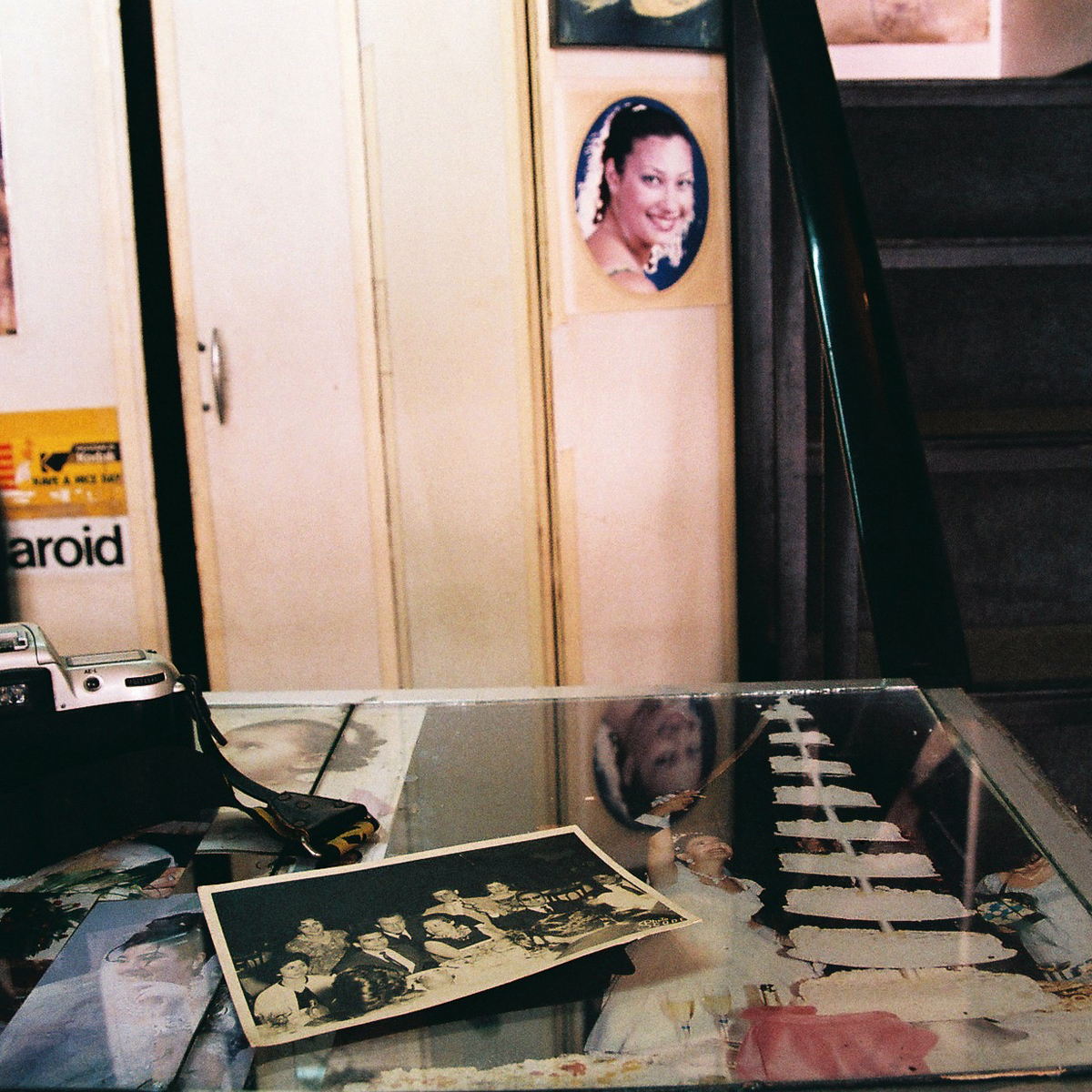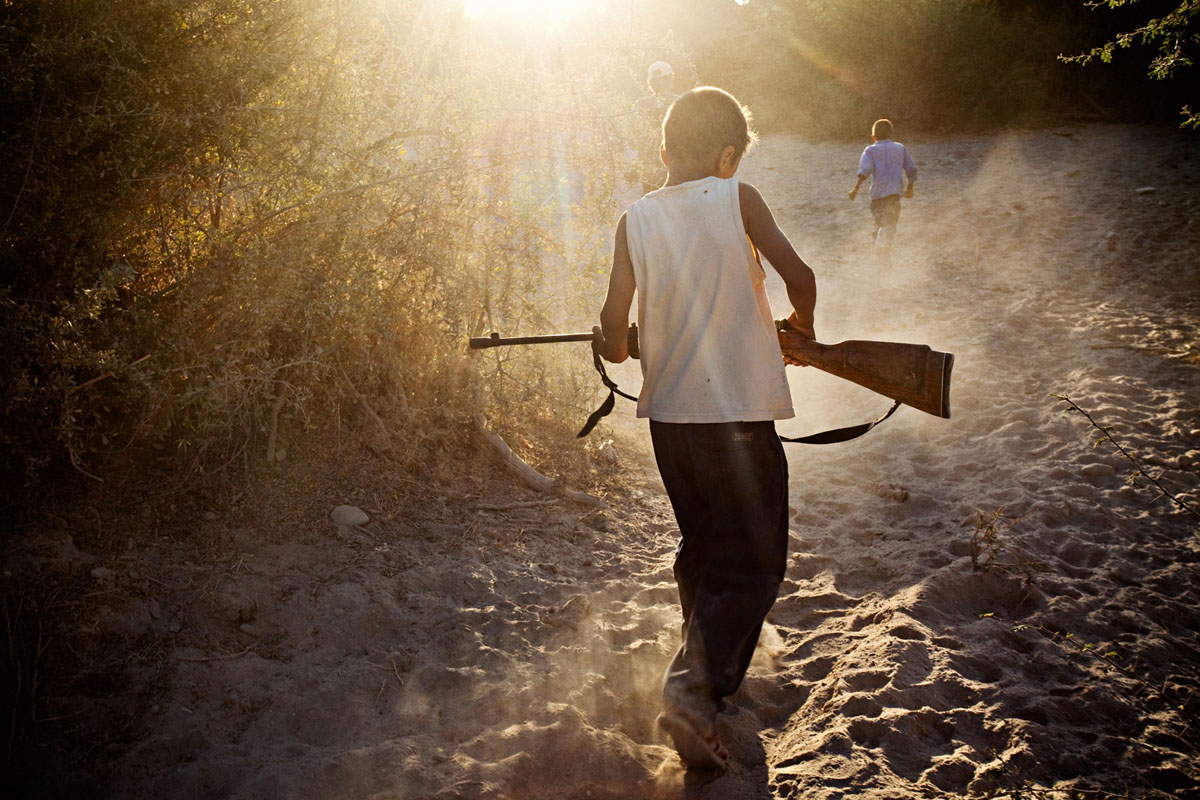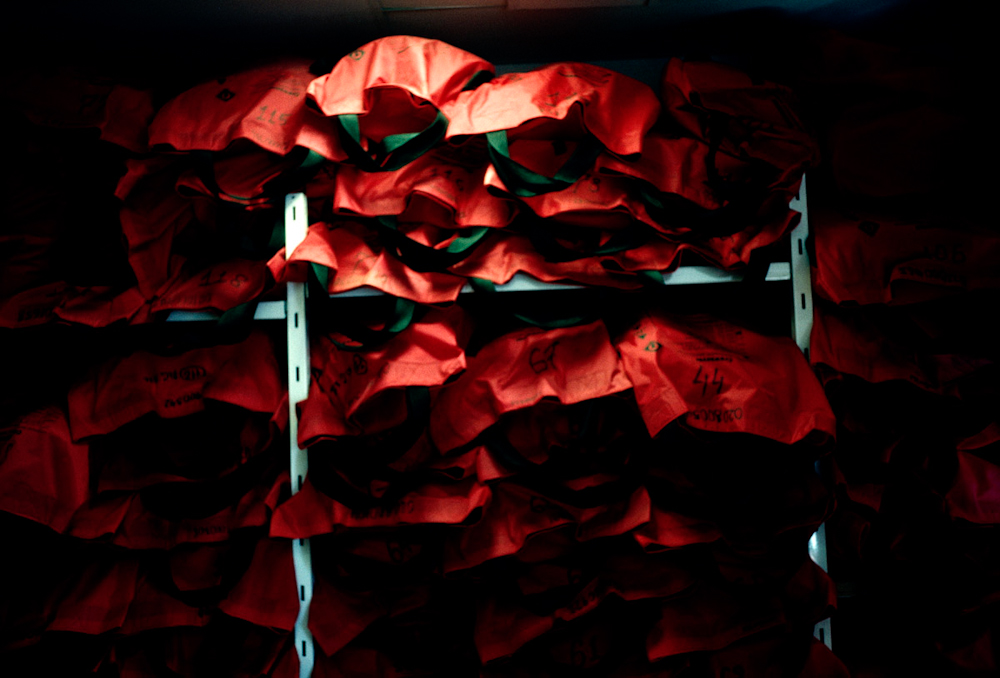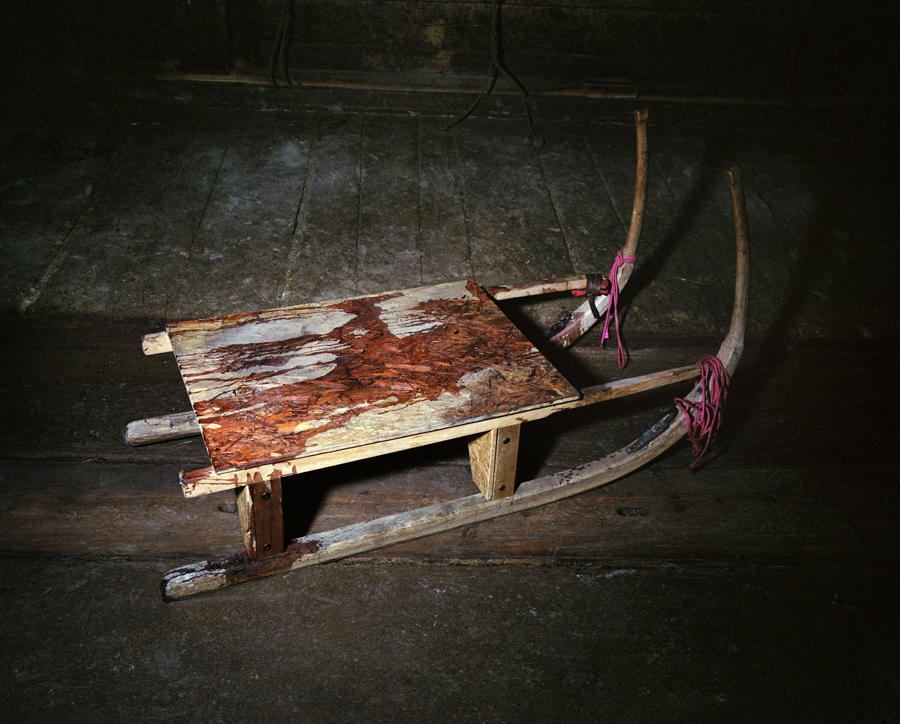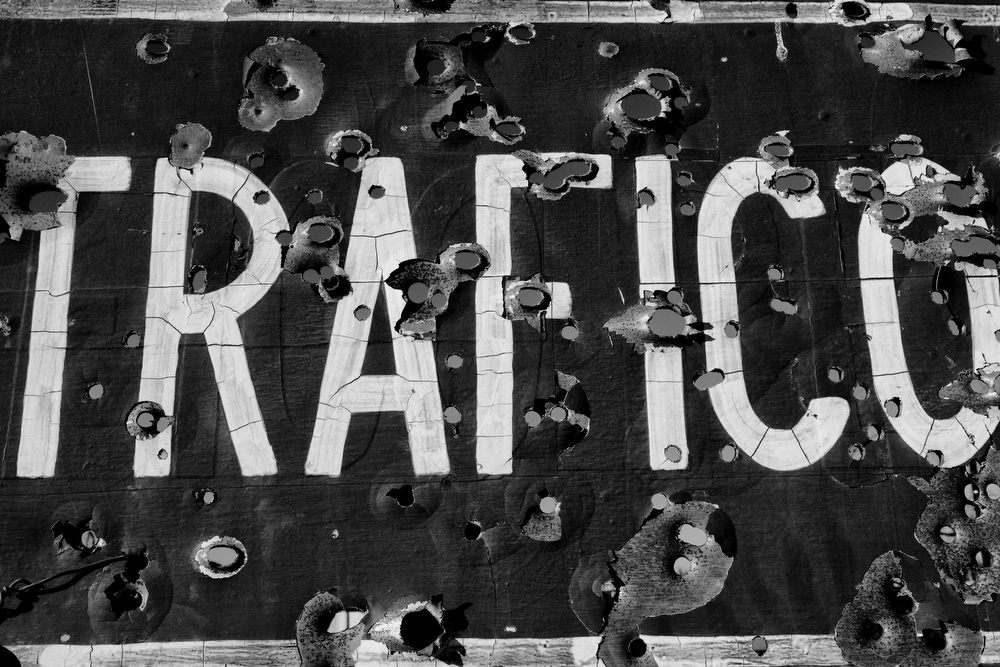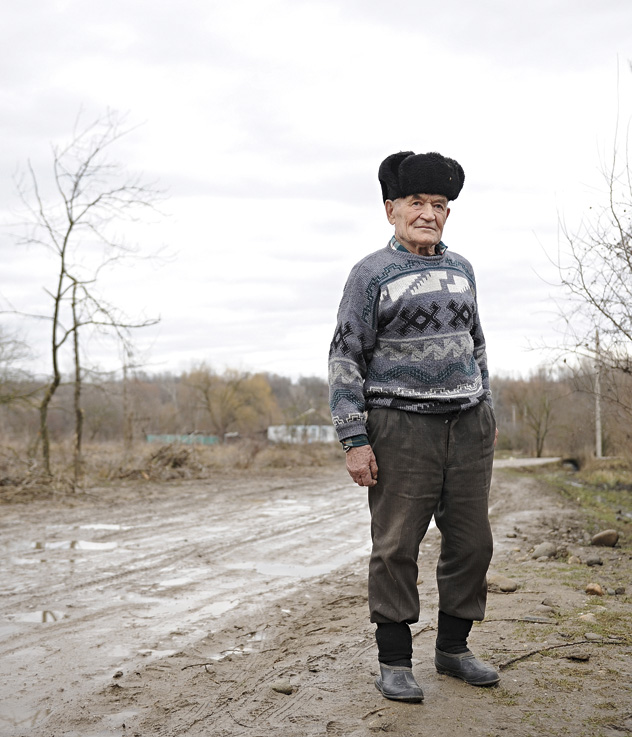Elsie Haddad (Lebanon): Entr’actes
Gallery offline – updating soon
A couple of years back, a huge wave of construction plans emerged in Beirut, and it’s happening intensely and at a very high pace, sometimes the new buildings are built on the ruins of old ones and sometimes they’re built on the few empty spaces left in the city. This wave of constructions and modernism is bringing with it malls and lofts and modern apartments, wiping a certain urban lifestyle that was integral in the social structure of Beirut and its identity, leaving many questions on the shape of things to come, human contact and humans themselves.
In this happening, my interest drifted towards the old shops in Beirut… shops dating from the pre-war era (1975-1990), their owners, and their stories. These shops were essentials in every neighborhood, and their owners’ popular personas made them a place for diverse social encounters. They knew each of their customers by name and they treated them accordingly. They represent a part of a now gone way of life and social dynamics. With this shift to a more industrialized city, these old and iconic small shops, like their owners are becoming a shadow or merely a ghost of what they used to be, waiting for there closure or demolition. Continue reading Elsie Haddad: Entr’actes

